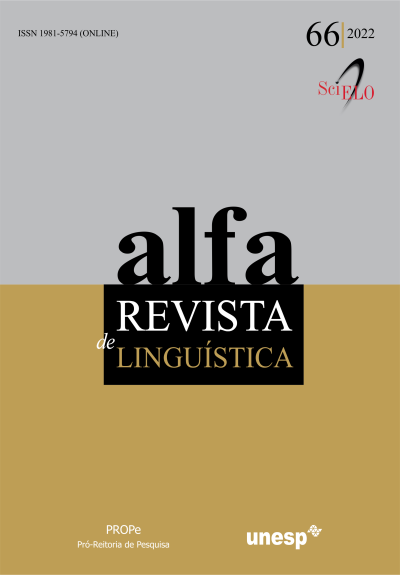Um olhar para além de representações culturais estáveis em atividades telecolaborativas
DOI:
https://doi.org/10.1590/1981-5794-e14400Palavras-chave:
representações culturais, telecolaboração, intercâmbios telecolaborativos, interculturalidade, mediação pedagógicaResumo
As representações culturais, para Risager (2007, p. 180), “transmitem imagens ou narrativas de cultura e de sociedade em contextos específicos”, permitindo às pessoas trocar ideias relativas a imagens pré-construídas sobre outras culturas. Na telecolaboração (que, para O'Dowd (2013, 2016), refere-se à utilização de tecnologias digitais no contexto de aulas de línguas estrangeiras geograficamente distantes), representações culturais emergem quando os indivíduos se encontram. Recorrendo a estudiosos como Byram (1997), Kramsch (1993, 2014), Risager (2007), Lopes e Freschi (2016) e O’Dowd (2019), este estudo qualitativo (PATTON, 1985) teve como objetivo discutir o modo pelo qual um olhar para além de representações culturais estáveis foi possível nas atividades telecolaborativas. Para a análise, foram incluídos dados de sessões de telecolaboração e de uma entrevista. Os excertos analisados representam três episódios interativos em que o seguinte tópico cultural foi discutido: “Programa Bolsa Família”. Os resultados revelaram que um olhar além das representações culturais estáveis foi possível através de mediação pedagógica, pois foram necessários questionamentos posteriores à sessão de telecolaboração para esse olhar. Pode-se afirmar que existe uma necessidade evidente para a discussão sobre representações culturais estáveis em atividades telecolaborativas, tendo em conta que tal discussão foi de suma importância em um olhar além de essencialismos culturais.
Downloads
Downloads
Publicado
Como Citar
Edição
Seção
Licença
Copyright (c) 2022 ALFA: Revista de Linguística

Este trabalho está licenciado sob uma licença Creative Commons Attribution 4.0 International License.
Os manuscritos aceitos e publicados são de propriedade da Alfa: Revista de Linguística. É vedada a submissão integral ou parcial do manuscrito a qualquer outro periódico. A responsabilidade do conteúdo dos artigos é exclusiva dos autores. É vedada a tradução para outro idioma sem a autorização escrita do Editor ouvida a Comissão Editorial.

